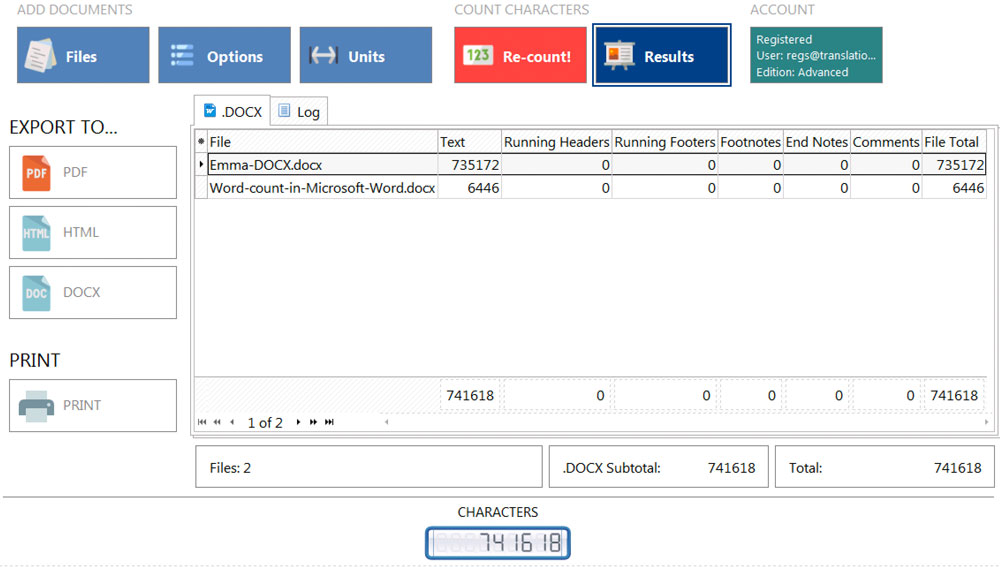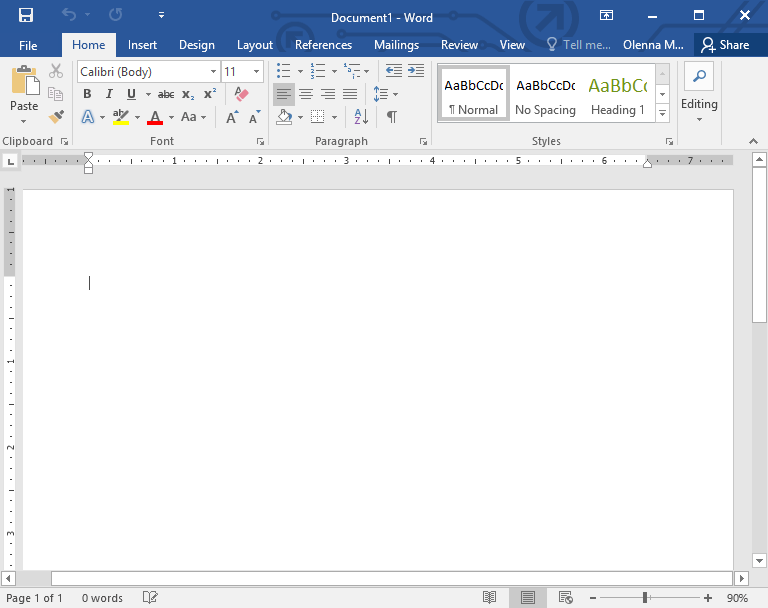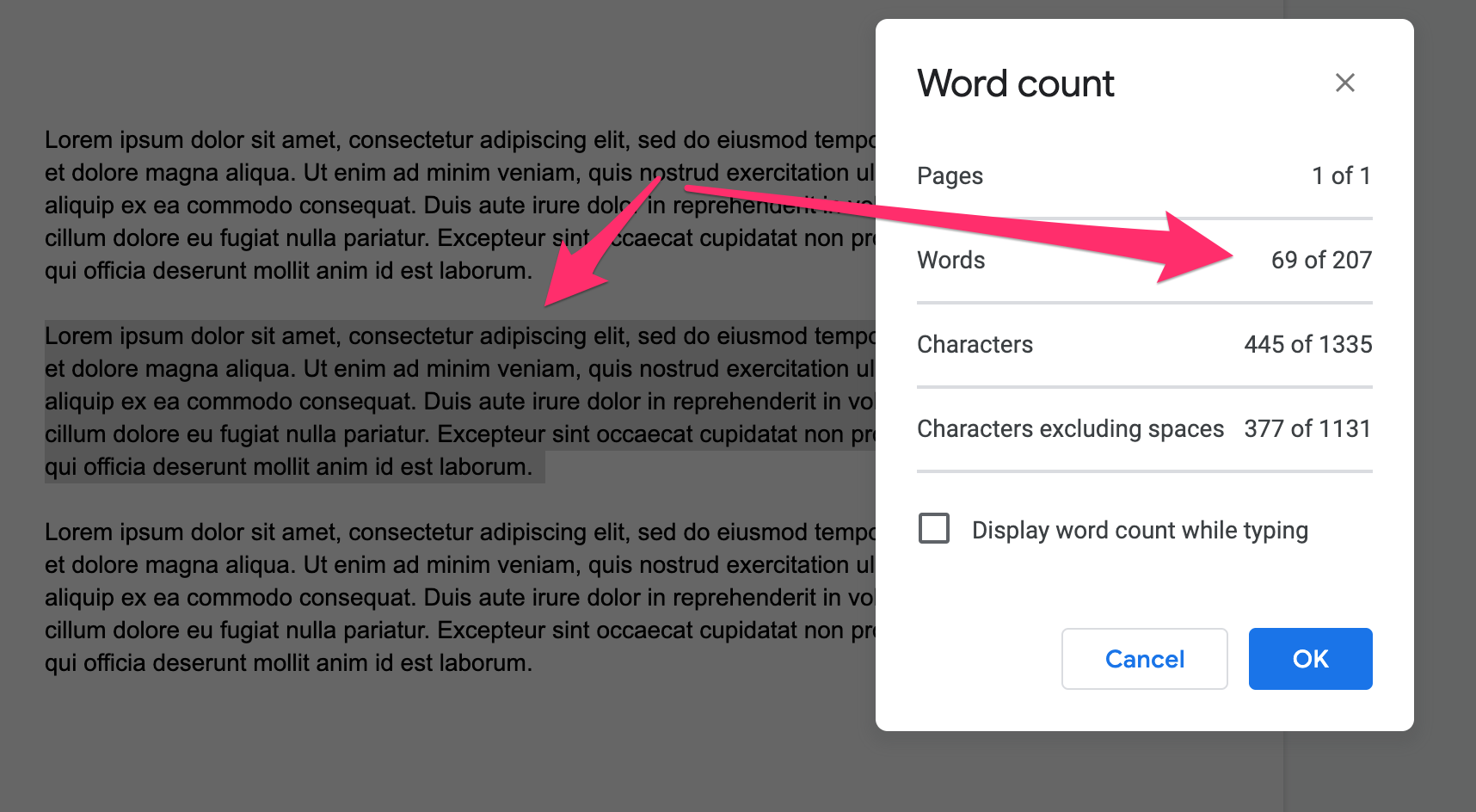

The “ABOVE” parameter tells Word to add all the values above the current cell. Section number is also another very useful indicator. Take few more seconds to see what else is useful and choose those options as well. This time, we’ll use the following formula: =SUM(ABOVE) In case you cannot see the word count, right click on the Status Bar and choose Word count. Head to the “Layout” tab and click the “Formula” button again. However, only Microsoft Word 2010 shows word count information in status bar, but not Outlook 2010. Once you’ve inserted the endnote, it will be placed at the relevant position in the text as a superscript number. Now click on the References tab and navigate to the Footnotes section. First, select the text where you want to insert the endnote. If you have opened a Word document, you can easily get the Word count information in the status bar. Adding endnotes in Word: step-by-step tutorial. Place your insertion point in an empty cell at the bottom of the “Total” column (insert an extra row if you need to). Get Word Count Information in Word 2007/2010/2013’s Status Bar. Say, for example, that we wanted to add all the values in the “Total” column to figure out our total overall sales. This technique works pretty much the same way for columns as it does for rows. When you’re done, you’ll have a fully formed table. Unfortunately, Word doesn’t let you select a bunch of cells at once and create a formula for all of them in one step, so you’ll have to perform these same steps in each of the other cells in the “Total” column. The result of the formula displays in the cell. In the Field names list, select NumWords, and then select OK. NOTE: Similar to the current settings for a multiple choice poll, responses are anonymous so other users will not know who submitted which word to the word cloud.Select an option from the Number format drop-down list to specify the format for the result of the formula.Ĭlick “OK” to accept the settings and insert the formula into the cell. Use fields to insert word count in your document Select in your document where you want the word count to appear.

There will be two ways for attendees to interact with the word cloud poll: Press Ctrl+A (or Command+A on Mac) to select all the text. Select the text you’re going to double space. Attendees will be able to view the word cloud view on the answer page. This strategy works for double-spacing specific parts of text in Microsoft Word 2007, 2010, 2013, 2016 and Microsoft 365.If a presenter doesn’t want to share results with attendees they can change the setting and unselect the “share word cloud with respondents” setting.In order to improve meeting engagement, the default setting will be set to “share word cloud with respondents”.The poll owner will be able to set up a word cloud poll question on the authoring page.

This will allow presenters to set up an open-ended question to collect attendees’ opinion. With this release, there will be an additional question type, a word cloud poll. Previously, Forms polls in Teams meeting only had the option of a multiple-choice poll and quiz. This is an excellent way to reflect audience opinions and feeling. In this view, contextual comments are side-by-side with the page content, to help you focus on the feedback that’s most relevant to the part of the document you’re working on. You can see the word count in the Status Bar, if you have selected to. To convert citations from the old Word plug in to the new Word 365 add-in, see this conversion. In Word youll find comments to the right of your page, by default. As you type, Microsoft Word keeps track of the current word count in your document. WARNING: Do not use the old Word plug in and the new Word 365 add-in in the same document. If you want to see the word count for both the slides and notes pages, this is how. See below for information on downloading, installing, and using the new add-in. You have some other ways to show word count in PowerPoint 365: counting both the slides and notes pages or just in the notes pages. This question type may improve your meeting engagement and involve everyone into the meeting. The new Word 365 add-in is available as of May, 2021. Microsoft Forms poll in Teams meetings will soon have a new question type – word cloud.

This question type may improve your meeting engagement and involve everyone into the meeting. Are you always looking for new ways to engage colleagues during Teams meetings? Whether you organise a monthly team meeting, make presentations or use Teams for delivering training, word clouds in Forms polls are a great looking new tool at your disposal.


 0 kommentar(er)
0 kommentar(er)
